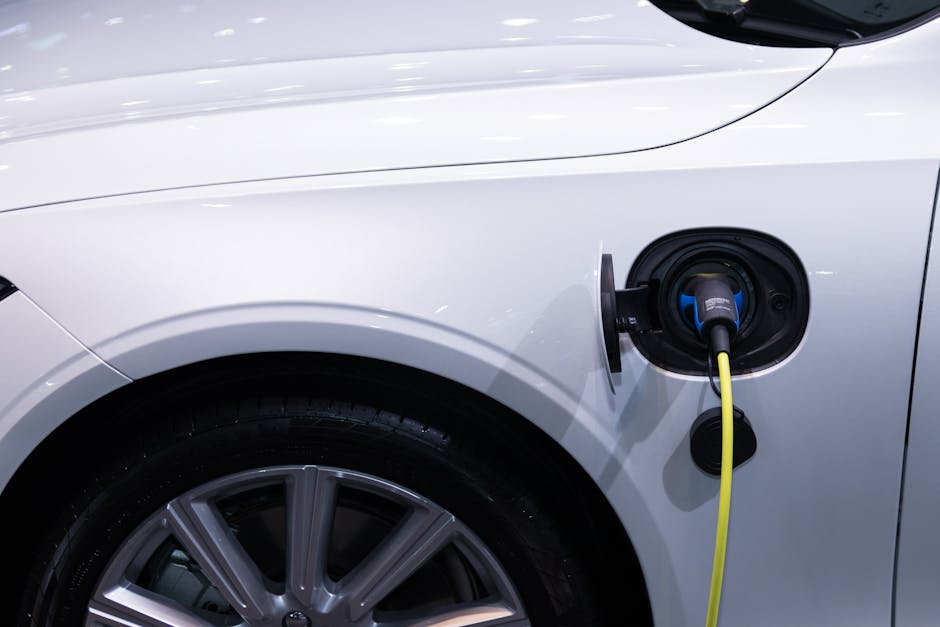Tiny Battery-Powered Cars: Big Efficiency in a Compact Package
Tiny battery-powered cars represent a revolutionary shift in personal and urban mobility. By combining compact design with impressive energy efficiency, these vehicles have captured the attention of eco-conscious drivers and city planners alike. Their smaller size allows them to navigate crowded streets with ease, while their reliance on electricity reduces greenhouse gas emissions and dependence on fossil fuels.

These cars are not only practical but also essential in the global push for sustainable transportation solutions.
As the automotive industry continues to innovate, tiny battery-powered cars have proven to be more than just a novelty. They offer significant cost savings on maintenance and fuel, making them appealing to both young urbanites and seasoned professionals seeking economical transportation options. With advancements in battery technology improving their range and performance, these vehicles are becoming a viable choice for daily commutes and short trips without compromising convenience or comfort.
The Design That Drives Efficiency
One of the most compelling features of tiny battery-powered cars is their compact size. Typically designed for two to four passengers, these vehicles prioritize space optimization without sacrificing functionality. This reduced footprint not only makes parking easier but also decreases energy consumption due to lighter weight and aerodynamic efficiency. Models like the Smart EQ ForTwo or Renault Twizy exemplify this trend, offering innovative layouts tailored to urban living.
The minimalist approach extends to the interiors as well. Many manufacturers streamline features to focus on essentials such as touchscreen controls, digital dashboards, and ergonomic seating. The result is a driving experience that feels modern yet simple, perfectly suited for quick city drives or errands.
Environmental Benefits
Switching to battery-powered cars significantly reduces carbon emissions. According to data from the U.S. Department of Energy (energy.gov), electric vehicles (EVs) emit fewer pollutants over their lifetime compared to traditional internal combustion engine (ICE) vehicles, even when accounting for electricity generation from fossil fuels. Tiny EVs amplify this benefit due to their smaller batteries and reduced energy requirements.
- Reduced air pollution in urban areas
- Lower noise levels compared to conventional cars
- Minimal resource usage during production
The environmental impact goes beyond individual ownership. Fleet adoption of these vehicles for services like car-sharing or delivery can collectively reduce traffic congestion and air quality concerns in metropolitan areas.
Cost-Effectiveness and Accessibility
Tiny battery-powered cars are often more affordable than full-sized EVs, making them an attractive option for budget-conscious buyers. Their lower price point doesn’t equate to limited functionality; instead, it reflects a focus on practicality over luxury. Operational costs are significantly reduced thanks to fewer mechanical parts, lower maintenance needs, and cheaper electricity as a fuel source.
Government incentives further enhance affordability by offering rebates or tax credits for electric vehicle purchases in many countries. Buyers in the European Union can benefit from subsidies that lower upfront costs (europa.eu). These initiatives aim to make sustainable transportation more accessible across different income levels.
The Role of Battery Technology
Batteries are at the heart of every EV, and advancements in this area continue to drive improvements in range and charging times for tiny cars. Modern lithium-ion batteries are lighter and more durable, allowing manufacturers to achieve greater energy density within compact designs. Innovations like solid-state batteries promise even better performance in the near future.
- Range: Tiny battery-powered cars typically offer ranges between 50-150 miles per charge, ideal for short commutes or city driving.
- Charging Options: Many models support Level 2 home chargers or public fast-charging stations for added convenience.
- Lifespan: Improved durability ensures batteries remain functional for several years before requiring replacement.
While these advancements address common concerns about EV usability, continued research is necessary to make tiny EVs even more efficient and sustainable for broader adoption.
A Look at Global Adoption
Tiny battery-powered cars are gaining traction worldwide, particularly in regions with high population densities or stringent environmental regulations. In Asia, countries like Japan have embraced kei cars, small electric vehicles designed specifically for narrow streets and tight spaces (japan.go.jp). Meanwhile, European cities such as Amsterdam promote micro-EVs through policies that limit larger vehicle access within urban centers.
Their popularity is also growing in North America as consumers increasingly seek alternatives to traditional gas-powered vehicles. Programs like California’s Clean Vehicle Rebate Project incentivize buyers to choose compact EVs (cleanvehiclerebate.org). This global momentum highlights the potential of these small yet impactful vehicles in reshaping transportation norms everywhere.
Tiny battery-powered cars exemplify how innovation can meet sustainability without compromise. Their compact design enhances practicality while reducing environmental impact, a win-win scenario for modern drivers. As technology advances further, these vehicles will likely play an even greater role in transforming personal mobility into something greener and more efficient across various lifestyles and regions.
